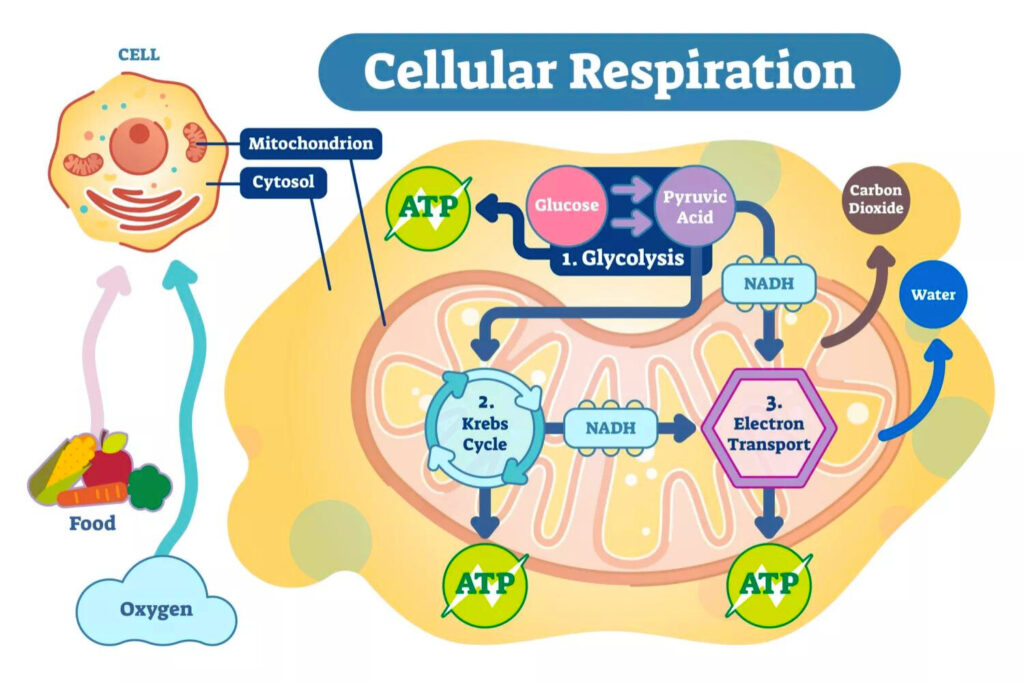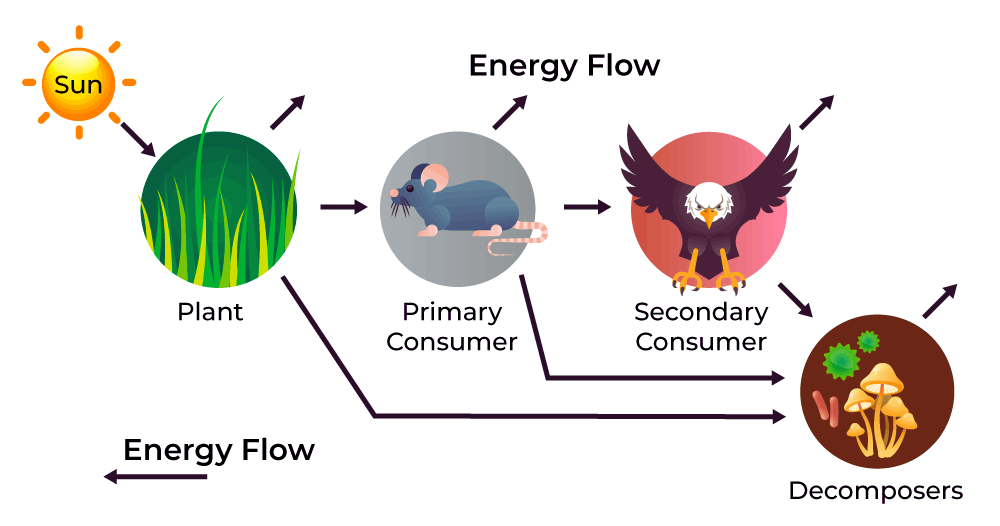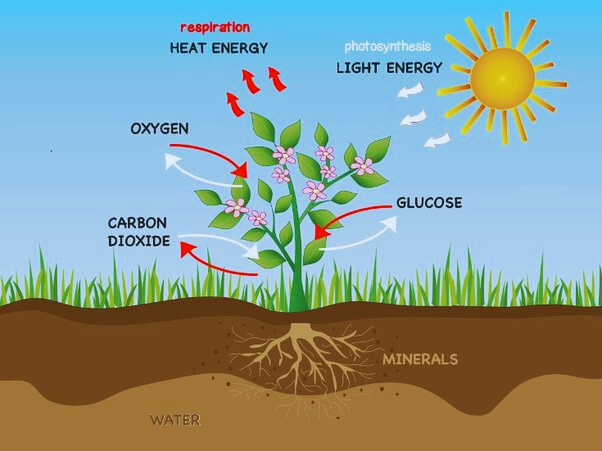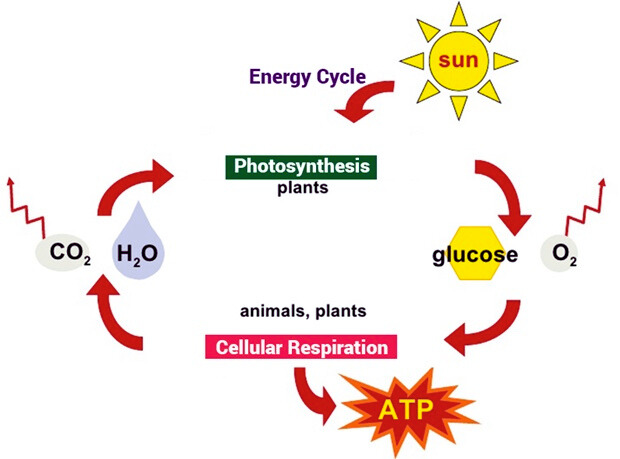Photosynthesis and cellular respiration are fundamental biological processes that occur in living organisms, playing crucial roles in the energy balance of the Earth. Understanding the relationship between these processes is essential to grasp the complexity of life and energy flow within ecosystems. In this article, we will explore the intricate connection between photosynthesis and cellular respiration, unraveling the mysteries of how these two processes are interrelated.
Introduction to Photosynthesis and Cellular Respiration
What is Photosynthesis?

Photosynthesis is the process by which plants, algae, and some bacteria convert sunlight, water, and carbon dioxide into glucose and oxygen. This vital process occurs in the chloroplasts of plant cells, enabling them to produce their food and release oxygen into the atmosphere.
What is Cellular Respiration?

Cellular respiration, on the other hand, is the metabolic process through which cells extract energy from organic compounds, such as glucose. This process occurs in the mitochondria of cells, where glucose is oxidized, releasing energy in the form of ATP (adenosine triphosphate) and producing carbon dioxide and water as byproducts.
The Relationship Between Photosynthesis and Cellular Respiration
Energy Flow in Ecosystems

Photosynthesis and cellular respiration are interconnected through the energy flow in ecosystems. During photosynthesis, plants absorb sunlight and convert it into chemical energy stored in glucose molecules. This glucose is then used in cellular respiration by plants and other organisms as a source of energy.
Oxygen and Carbon Dioxide Exchange

Photosynthesis and cellular respiration are involved in a continuous exchange of oxygen and carbon dioxide between living organisms. During photosynthesis, plants release oxygen into the atmosphere, which is essential for the survival of most organisms. In contrast, during cellular respiration, organisms consume oxygen and produce carbon dioxide, which is used by plants for photosynthesis.
Balance in Nature
The relationship between photosynthesis and cellular respiration maintains a delicate balance in nature. Plants play a crucial role in regulating atmospheric oxygen levels, ensuring the survival of aerobic organisms. Additionally, the carbon dioxide produced during respiration serves as a substrate for photosynthesis, allowing plants to grow and produce food.
Importance of Understanding the Relationship
Environmental Impact
Understanding the relationship between photosynthesis and cellular respiration is vital for addressing environmental issues, such as climate change. Plants act as carbon sinks, absorbing excess carbon dioxide from the atmosphere through photosynthesis. By comprehending this process, scientists can develop strategies to mitigate the effects of climate change and conserve natural ecosystems.
Agricultural Applications
In agriculture, knowledge of photosynthesis and cellular respiration is essential for maximizing crop yield. Farmers can optimize cultivation practices, ensuring that plants receive adequate sunlight, water, and nutrients to enhance photosynthesis. Additionally, understanding cellular respiration helps in post-harvest storage and preservation techniques, ensuring food quality and longevity.
Conclusion
In conclusion, photosynthesis and cellular respiration are intricately related biological processes that sustain life on Earth. The energy flow, exchange of gases, and balance in nature highlight the significance of these processes in maintaining the ecological equilibrium. By comprehending the relationship between photosynthesis and cellular respiration, scientists, environmentalists, and agriculturists can work collaboratively to address global challenges and create a sustainable future.
Read also: How Does Your Snap Score Go Up: Unraveling the Secrets
Frequently Asked Questions (FAQs)
Q1: Why is photosynthesis important for the environment?
Photosynthesis is essential for the environment because it produces oxygen and converts carbon dioxide into glucose, regulating atmospheric oxygen levels and supporting the growth of plants and other organisms.
Q2: How does cellular respiration contribute to energy production in cells?
Cellular respiration breaks down glucose molecules, releasing energy in the form of ATP, which is the primary energy currency of cells. This energy is utilized for various cellular processes and activities.
Q3: Can photosynthesis occur without sunlight?
No, photosynthesis requires sunlight as the primary source of energy. Sunlight is absorbed by chlorophyll in chloroplasts, initiating the process of photosynthesis.
Q4: What happens to the oxygen produced during photosynthesis?
The oxygen produced during photosynthesis is released into the atmosphere, where it is utilized by aerobic organisms, including humans, for respiration.
Q5: How do photosynthesis and cellular respiration impact the global carbon cycle?
Photosynthesis removes carbon dioxide from the atmosphere, converting it into organic compounds. Cellular respiration releases carbon dioxide back into the atmosphere. This continuous cycle regulates carbon levels on Earth, influencing climate and ecosystems.





Thank you for your sharing. I am worried that I lack creative ideas. It is your article that makes me full of hope. Thank you. But, I have a question, can you help me?
Yes, tell me